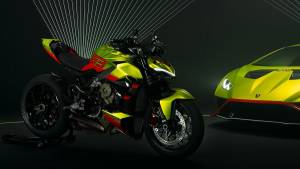Five things you need to know about the new Ducati Multistrada 1260
The Ducati Multistrada is a beast. How Ducati managed to create a genuinely multi-role fighter of a motorcycle is still a mystery to most of the other brands that compete in the ADV space. The 1200 S is the most popular model of the three variant range and its combination of IMU-equipped electronics and semi-active suspension endow it with a versatility that is both rare and useful. The new Ducati Multistrada 1260 represents a comprehensive update. Ducati has given it minor styling tweaks which perhaps hides how serious the upgrades are. But the XDiavel-based 1260cc engine is new and it makes more torque as well as slightly more power. Ducati has also upgraded the electronics algorithms and adds more equipment. Plus there's a stability-oriented new frame too. You still get the base 1260 model, and the all-electronic (and most popular) S model but Ducati has not announced the launch of the top of the line Pikes Peak with its carbon fiber bodywork and Ohlins suspension yet.
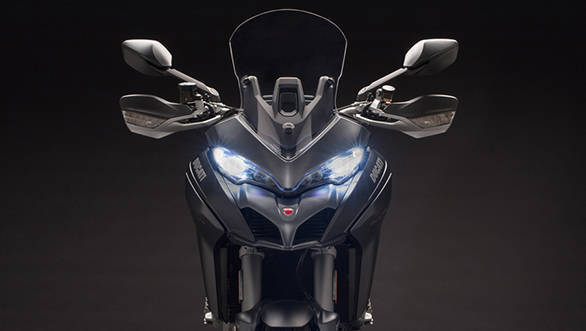
OVERDRIVE has had a Ducati Multistrada 1200 S on long-term test since February 2017 that's covered almost 19,000km as I write this. Now that the new 1260 and 1260 S are on sale in India, here are the five things you need to know about the new 1260 before you put your money down.
The engine
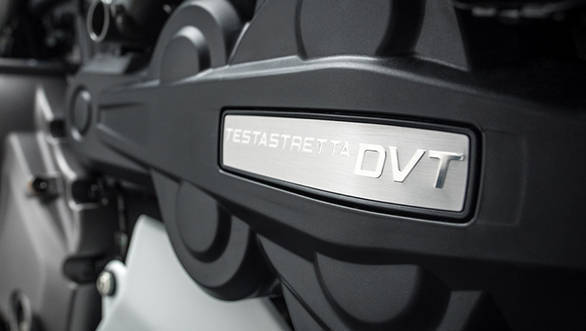
The new 1,262cc engine is a phenom. It really is. Just look at the torque curve's shape versus the old 1,200 and you'll see what I mean. It comes on like a light bulb at 3,000rpm and it never stops delivering ever more torque. Riding on the twisty and grippy roads at Gran Canaria at the media launch, I lost count of how many times the front wheel lifted in the lower gears. I know now that the old 1,200cc engine can be made to feel similar with a gearing change but the Multistrada 1260 has a stunning turn of power and torque.
The quickshifter
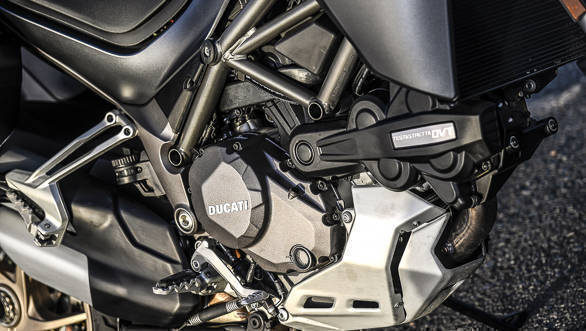
When I started riding the Multistrada 1200, I quickly started to wonder why in heck Ducati wouldn't offer a quickshifter, even if as an accessory. Because the motorcycle is so electronic that a quickshifter seems like a natural thing to have or add. The 1260 fixes this by not only adding a standard quickshifter but a lean-angle sensitive one that works like a charm. Unfortunately, the DQS isn't compatible with the 1,200 because of the lean angle sensor input. The only quickshifter I know of is the Healtech QSE which works well according to the forums although downshifts in the lower gears can be jerky.
Mode memory
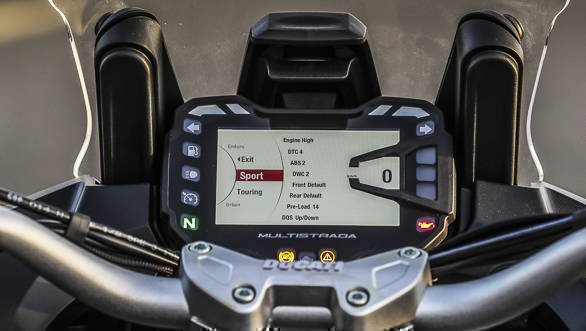
One of the most annoying things about the 1200 is the way it handles mode selection. You use the modes more often than you think and it gives you five seconds to close the throttle to change the mode. If you cannot or don't close the throttle, it reverts back to the old mode. The 1260 improves on this by allowing the new mode selection to go through whenever you close the throttle. This is a small change but as an owner, I think a useful one.
The frame and handling
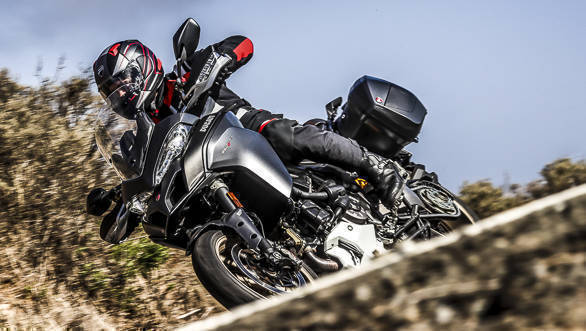
It was surreal to hear that Ducati's feedback from riders suggested that the Multistrada needed more power - see the first point of this story. The other feedback was that with passengers or luggage, the Multistrada was a bit more nervous than was ideal. So what Ducati has done is opt for a longer swingarm which also extends the swingarm, plus a small handful of chassis geometry updates. Ducati says the motorcycle is now more stable in all configurations and still just as capable as before. And they're right. The new bike is stunningly good on the highway and in the corners without feeling slow or unwieldy in traffic, something the 1200 also managed with great poise and elan.
But for the small number of owners who will take the Multistrada to the racetrack, the new 1260 is a smidge slower to turn and requires just a hint more effort to turn and flick. It's as if the sportsbike component was backed off 10 per cent to increase the touring component. The flip side of the loss of sportsbike character, as microscopic as it is, is that touring riders and newer riders will both find the new Multistrada 1260 to feel easier to ride and less work over long distances. But to me, the edgy volatility of the 1200 S is what makes it so special at the racetrack. And that is the biggest reason why I'm not considering replacing my 1200 with a 1260. Apart from budget constraints, naturally.
The price
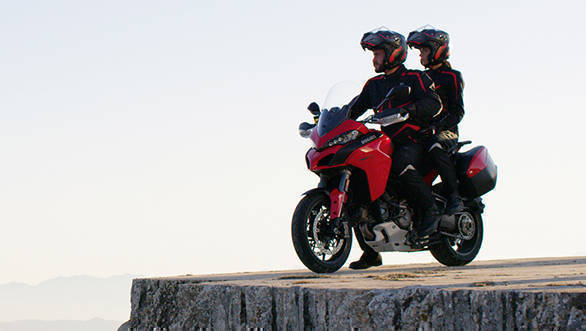
And that brings us to the price. Ducati has always been able to price their bikes rather well, especially the larger Thai-sourced models. The old Multistradas spanned Rs 15.38 lakh ex-showroom for the base, Rs 17.44 lakh ex-showroom for the most popular 1200 S and Rs 20.69 lakh ex-showroom for the flagship, carbon fiber and Ohlins-ed Pikes Peak. The new prices mean Ducati has increased the prices by Rs 61,000 on the standard 1260 and by Rs 62,000 on the 1260 S. The new prices are Rs 15.99 lakh for the base Multistrada 1260, and Rs 18.09 lakh for the Multistrada 1260 S (both ex-showroom).
Overall
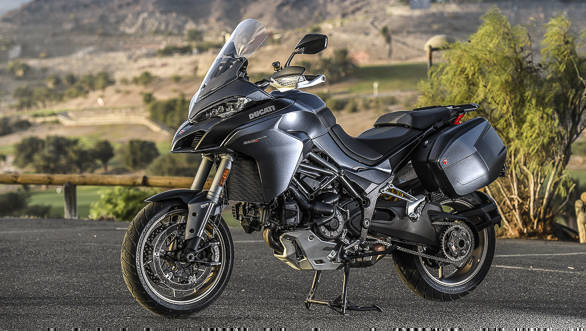
There's no doubt in my mind that the Ducati Multistrada 1260 will prove to be amongst the most India-ready ADVs, especially if going off-road isn't important to you. The performance upgrade over the 1200 is significant and the equipment levels are better too. Go take a test ride, I'm sure you'll be blown away.
Here's a detailed walkaround and first ride review of the Multistrada 1260 S:
Also see: Road Test - 2018 Ducati Multistrada 1260 S
Starts Rs 17,80,000
1262cc
6-Speed
158.20
129.50
19.23 Kmpl
Starts Rs 19,60,000
1262cc
6-Speed
158.20
129.50
19.23 Kmpl

